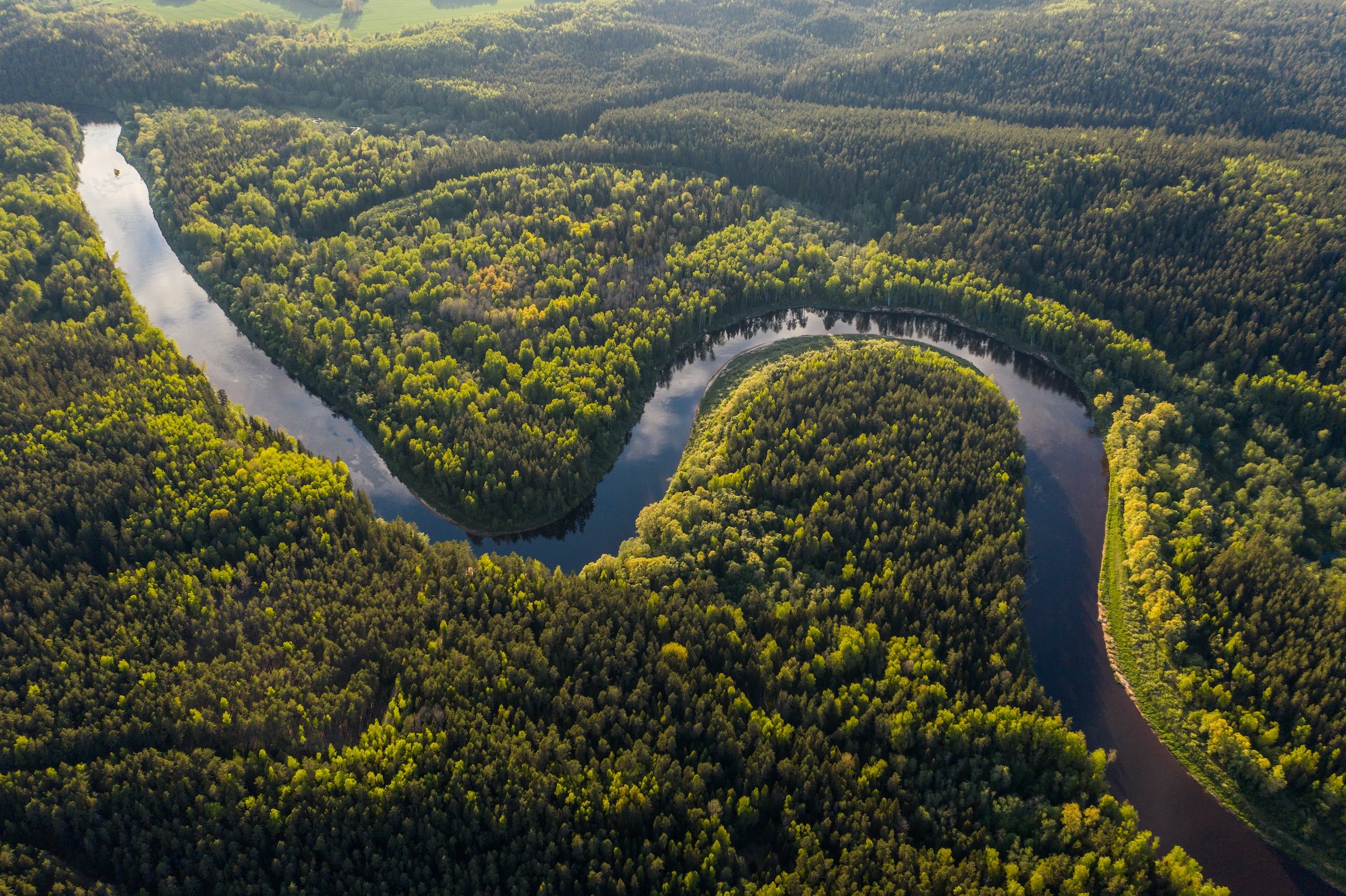By Roger Battiston, Senior Staff Member
Recent construction on what is to be the world’s third largest hydroelectric dam has been halted by a Brazilian judge. The 17 billion dollar Belo Monte dam was planned to be built in the Amazon rain forest, along the Xingu River, and has been in the works for about 30 years.[1]
As a result of stiff opposition by indigenous tribes and environmental conservatives, the project was shelved until recently, when construction was approved in early 2010 by Brazil’s environment agency.[2] Opponents’ main opposition to the construction of the 11 gigawatt-producing dam was the amount of land that will flood by damming the Xingu River, roughly 500 square kilometers, which would displace thousands of indigenous people.[3] In addition, the dam would wreak environmental havoc on portions of the Amazon by partially drying up a 62 mile stretch of the Xingu River, thereby devastating local wildlife.[4] The Brazilian government argued that the massive dam is needed to meet the explosive demand in energy that has resulted from Brazil’s expansive economy and that the effect of the dam would be directly felt by indigenous people.[5] To counter opposition, the Brazilian government required the company slated to run the dam, Norte Energia, to spend about 800 million dollars off-setting environmental consequences from the project.[6]
Construction of the 3.75 mile long dam has faced legal hurtles since its approval.[7]Construction was first halted when a Brazilian judge found that a number of environmental conditions of the approval of construction had not been met.[8] That decision was subsequently overturned.[9]The most recent injunction halting the project was issued by Judge Carlos Eduardo Martins, who cited concerns that the dam would harm the fishing stocks of the Xingu River.[10]
Environmental concerns will always be an issue when infrastructure projects on the scale of the Belo Monte dam are implemented. However, the Brazilian government has recognized the potential for damage and laid out conditions to ameliorate the consequences. In order to provide for Brazil’s burgeoning economy, dam construction should be allowed to continue.
[1] Reuters, Brazil approves Belo Monte hydroelectric dam, The Guardian, June 1, 2011,http://www.guardian.co.uk/environment/2011/jun/01/brazil-belo-monte-dam.
[2] Id.
[3] Tom Phillips, Brazil to build controversial Belo Monte hydroelectric dam in Amazon rain forest, The Guardian, Feb. 2, 2010,http://www.guardian.co.uk/environment/2010/feb/02/brazil-amazon-rainforest-hydroelectric-dam.
[4] Reuters, supra note 1.
[5] Phillips, supra note 3.
[6] Id.
[7] Reuters, supra note 1.
[8] Associated Press, Judge suspends construction of huge dam in Brazil’s Amazon region,The Washington Post, Sept. 29, 2011, http://www.washingtonpost.com/world/americas/judge-suspends-construction-of-huge-dam-in-brazils-amazon-region/2011/09/29/gIQAbXnW7K_story.html.
[9] Id.
[10] Id.

